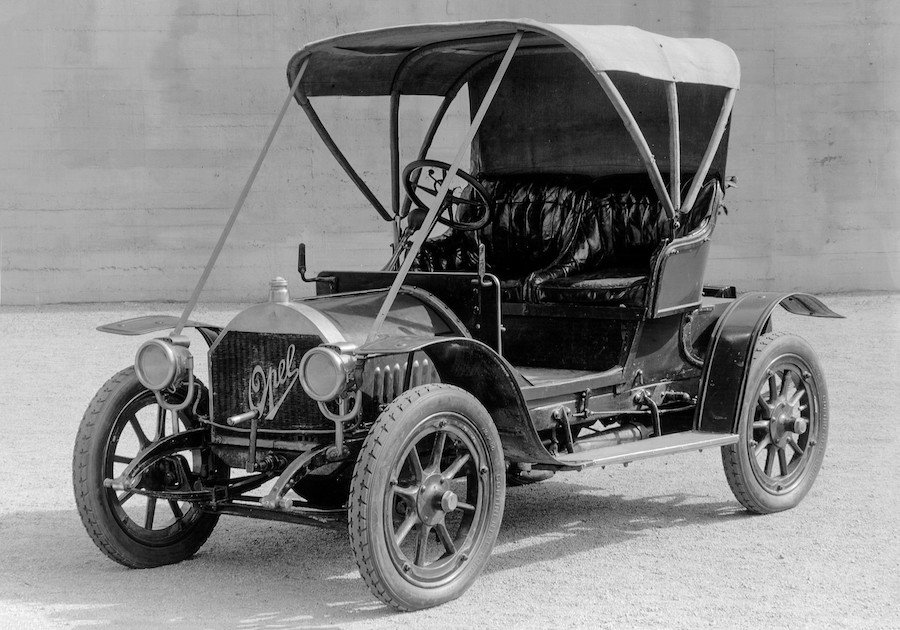Opel Was Founded 160 Years Ago…With Sewing Machines

In August 1862, 25-year-old Adam Opel set up a modest workshop in his parents' house to begin his journey into the sewing machine business, against his father’s wishes.
After months of work, the young man’s first sewing machine was ready. He sold it to master tailor Hummel in his (then) village of 2,000 inhabitants, Rüsselsheim. That particular machine would prove to be reliable for the next 4 decades.
In 1863, Opel again turned to his relatives in his search for a working space, setting up his first production facility in an uncle's disused cowshed.
His hard work paid off, and business was going well. So well that in 1868 he built a new factory building with a two-story production hall, employing 40 workers.
While in Paris in 1884, Opel bought himself a penny-farthing (aka high wheel bicycle / high wheeler), which he would start producing himself later on.
By 1886, his company became one of the largest sewing machine manufacturers in Germany, exporting them throughout Europe.
That same year, the company built and sold its first high-wheeler, but just like with the sewing machines at first, production would take months. As an early adopter of modern technology, Opel switched to low-wheel bikes in 1888 and would sell 2,200 of them by 1890.
By the 1920s, Opel would become the world's largest bicycle manufacturer. The German company was the first to introduce assembly line production in 1923, with a bicycle leaving its production line every seven seconds.
Even though Adam Opel died in 1895, his five sons carried on his work and started producing automobiles four years later. By 1906, the company would build 1,000 vehicles, and only one year later, it would be appointed supplier to the imperial court.
It’s not hard to see why Opel is one of the world’s automotive pioneers.
Just as back in the day, the company remains an early adopter of new technologies, and its growing portfolio of EVs is proof of that.


